| Title | Investigation of transport processes across the sea surface microlayer by infrared imagery |
| Publication Type | Journal Article |
| Year of Publication | 2004 |
| Authors | Schimpf, U, Garbe, CS, Jähne, B |
| Journal | J. Geophys. Res. |
| Volume | 109 |
| Pagination | C08S13 |
| ISSN | 0148-0227 |
| Abstract | Heat is used as a proxy tracer for gases to study the transport processes across the sea surface microlayer. Infrared imaging techniques permit fast measurements of heat transfer velocities and give an insight into the transport mechanisms across the thermal sublayer. The observed fluctuations of the sea surface temperature suggest that surface renewal is the major turbulent transport mechanism at medium and high wind speeds. The scale space analysis of the temperature patterns at the sea surface with respect to their contribution to the skin-bulk temperature difference shows the turbulent nature of the transport process. Large-scale turbulence dominates the transport at low friction velocities, whereas small-scale turbulence is more dominant at higher wind friction. The skin-bulk temperature difference is estimated by fitting the measured sea surface temperature distribution with a PDF function based on a surface renewal model. Periodic heat flux switching in the wind-wave flume delivers independent estimates of surface and bulk temperature and verifies the statistical approach, whereas at very low wind speeds and film-covered surfaces the statistical method underestimates the skin-bulk temperature difference across the thermal sublayer. The large scatter of the transfer velocities when plotted versus wind speed indicates that not only the wind shear but also other processes such as the wave field and surfactants influences near-surface turbulence and thus air-water gas transfer. |
| DOI | 10.1029/2003JC001803 |
| Citation Key | schimpf2004 |


